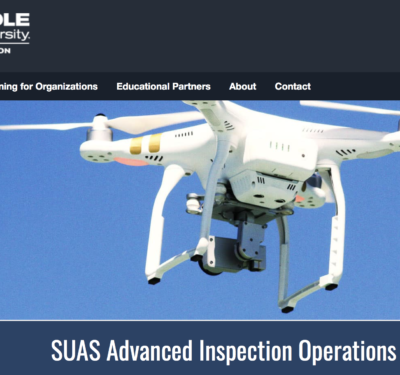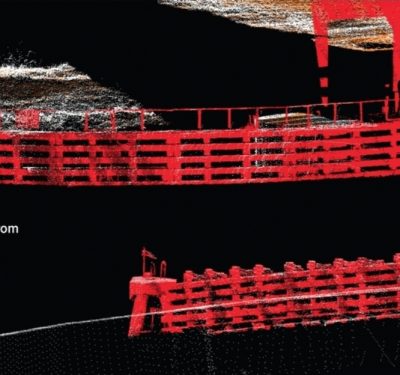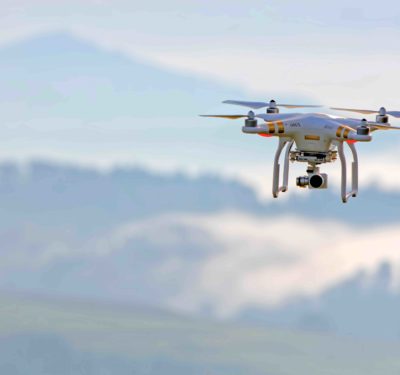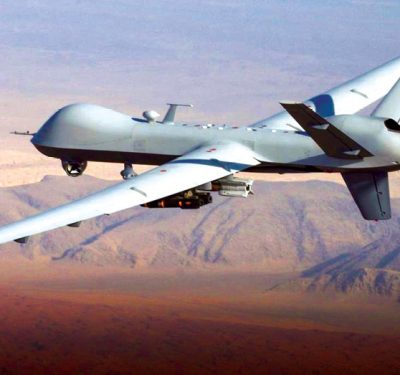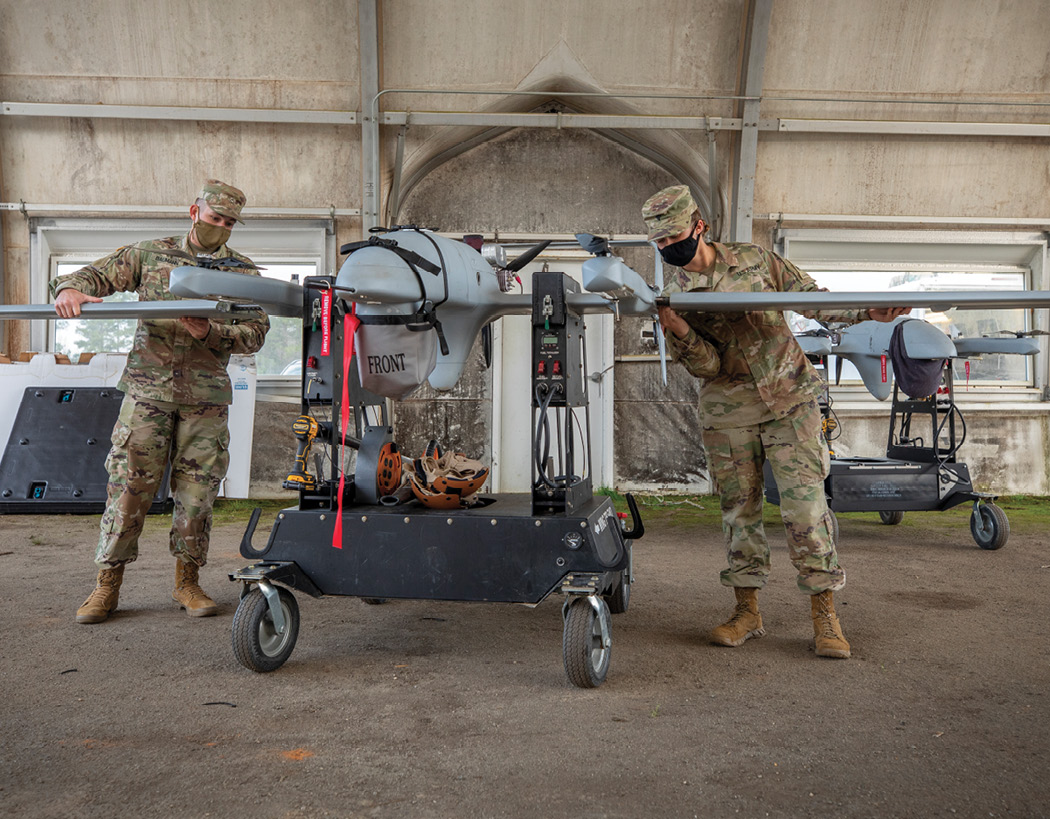
Soldiers from the 3rd Armored Brigade Combat Team, 1st Armored Division, Fort Bliss, TX, conduct pre-flight inspections on the L3Harris FVR-90 unmanned aircraft system.
For more than 20 years, the RQ-7 Shadow tactical unmanned aircraft system, produced by Textron Systems subsidiary AAI Corp., has served as a workhorse for the U.S. Army’s ground maneuver brigade combat teams (BCTs). Now, the Army is looking for a replacement to provide even more flexibility on the battlefield.
Specifically, in response to Operational Need Statements from several corps and division commanders, the Army is fielding a Future Tactical Unmanned Aircraft System (FTUAS) that’s runway-independent, organically transportable and has a reduced acoustic signature, said Jim Thomson, acting deputy/senior advisor for the Future Vertical Lift Cross-Functional Team (CFT). The system chosen will be the primary UAS for day/night, reconnaissance, surveillance and target acquisition, providing commanders with situational awareness.
Four potential VTOL systems were demonstrated during a rodeo in March, a culmination of a yearlong soldier touchpoint that gave BCTs the opportunity to test possible replacements. The UAS that were part of the touchpoint and the rodeo include Martin UAV’s V-Bat, Textron Systems’ Aerosonde Hybrid Quad, L3Harris’ FVR-90 and AeroVironment’s Arcturus JUMP 20.
“FTUAS will be used for similar missions we see today for the RQ7-B Shadow; however, offering more flexible, innovative and agile ways of employing tactics, techniques and procedures,” Thomson said. “FTUAS is not only becoming more expeditionary but will deliver additional capability and battlefield sensors and effects for the Brigade Combat Team Commander in a modular and upgradable architecture.”
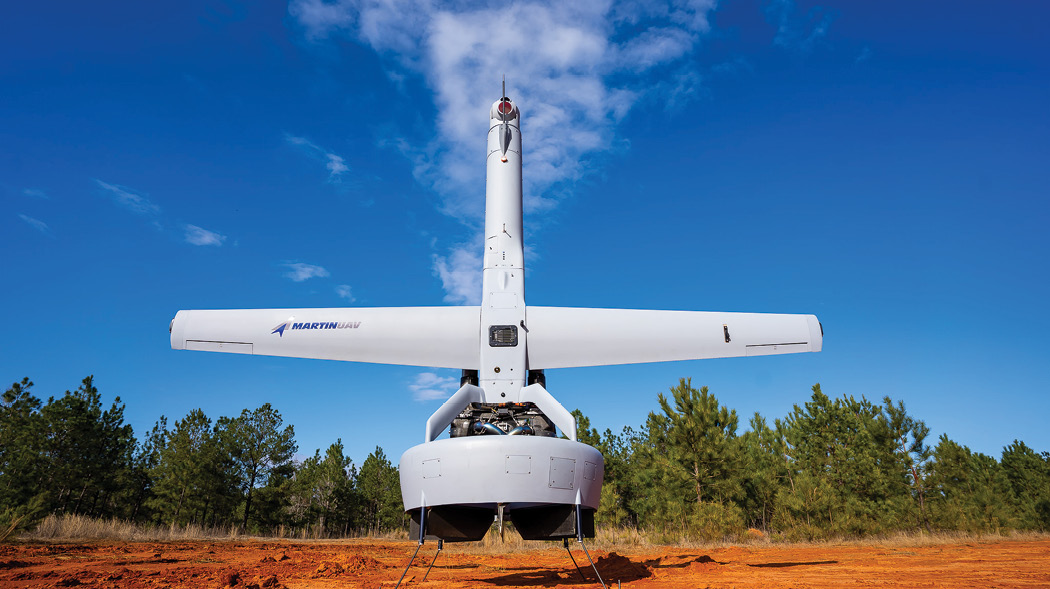
The VBAT from Martin UAV
THE RODEO
The Army has adopted a “Buy, Fly, Inform” approach to developing a Future Tactical UAS, Thomson said, and the rodeo presented an opportunity for senior leaders to see the results of its efforts. Held at Fort Benning, Georgia, in early March, the rodeo also allowed soldiers from the five BCTs who tested the various systems to observe the other UAS and exchange ideas based on their experiences.
“The FTUAS Rodeo was extremely successful,” Thomson said. “In addition to highlighting Army Futures Command innovative approaches to modernizing our Army, the final input from the soldiers was collected and set conditions for the Army to accelerate finalizing extremely well-informed requirements.”
During the testing that led up to the rodeo, each Shadow platoon conducted home station training before deploying to a rotation at the Joint Readiness Training Center at Fort Polk, Louisiana, or the National Training Center at Fort Irwin, California, where the systems participated in large-scale training exercises that support the BCTs.
Soldiers learned a great deal about the systems during this testing phase, including the tactical employment of the VTOL UAS and technical specifications, Thomson said. And overall, they were impressed. The soldiers especially liked how much easier the systems were to set up and deploy than what they’re used to. Typically, it takes six or seven soldiers seven hours to employ the RQ-7 Shadow. Two or three soldiers can get the new systems operational in a fraction of the time.
“The VTOL system allows us to take off from anywhere that has between 100 and 300 square feet of space, even if it’s in an urban environment,” said Specialist Anthony Karl, 1ABCT, 1ID. “There’s much less ground equipment. From truck to air is about two hours.”
Soldier reactions were overwhelmingly positive, Thomson agreed, and most preferred the VTOL they tested over the RQ-7 Shadow. Some did have recommendations for improvements, though, including ruggedizing the systems and further improving
set-up. Specific recommendations were provided to data analysts throughout the yearlong testing phase, and soldiers also had the opportunity to offer feedback during the rodeo.
“We saw agile systems from every performer,” said MG Walter T. Rugen, director of the Future Vertical Lift Cross-Functional Team, “and the soldiers uniformly fell in love with their assigned systems.”
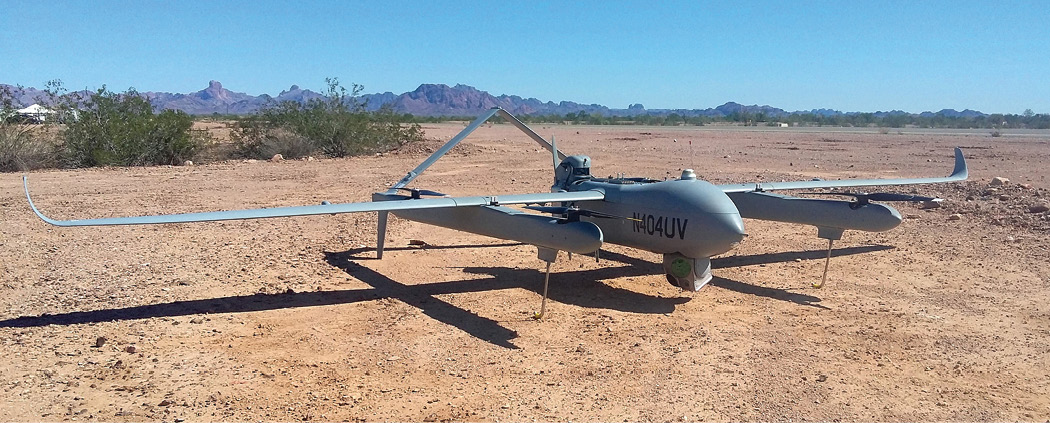
Aerosonde HQ from Textron Systems
CHOOSING THE SYSTEMS
The Army received responses from several companies in 2018 expressing interest in participating in a fly-off at Dugway Proving Grounds in Utah, Thomson said. Eleven systems were selected for the flyoff, which concluded in January 2019. From those 11, the selection board chose four to participate in the trials.
All four systems have features that bring advanced capabilities to the Army’s tactical UAS, Thomson said, and the “Buy, Try, Inform” approach “informed requirements learned from assessing capabilities available today.
“Runway independence provides significant agility to the employment of the system allowing for launch and recovery almost anywhere on the battlefield,” he said. “The reduced logistical footprint provides a capability to conduct reconnaissance, surveillance and target acquisition on the move. With a much quieter aircraft, the enemy is unaware of the FTUAS presence and the ability to organically transport the systems provides additional agility to the BCTs.”
Ultimately, FTUAS will be a low to
medium altitude system with modern datalinks, electro-optical/infrared (EO/IR) sensors, infrared laser pointer/designator/range finder, data encryption, manned-unmanned teaming capabilities and the ability to operate autonomously, according to the Army’s website. It will be designed with a modular open systems approach, making it easy to interchange payloads.
“FTUAS gives commanders the ability to command and control on the move,” MG Rugen said, “something Shadow cannot provide.”
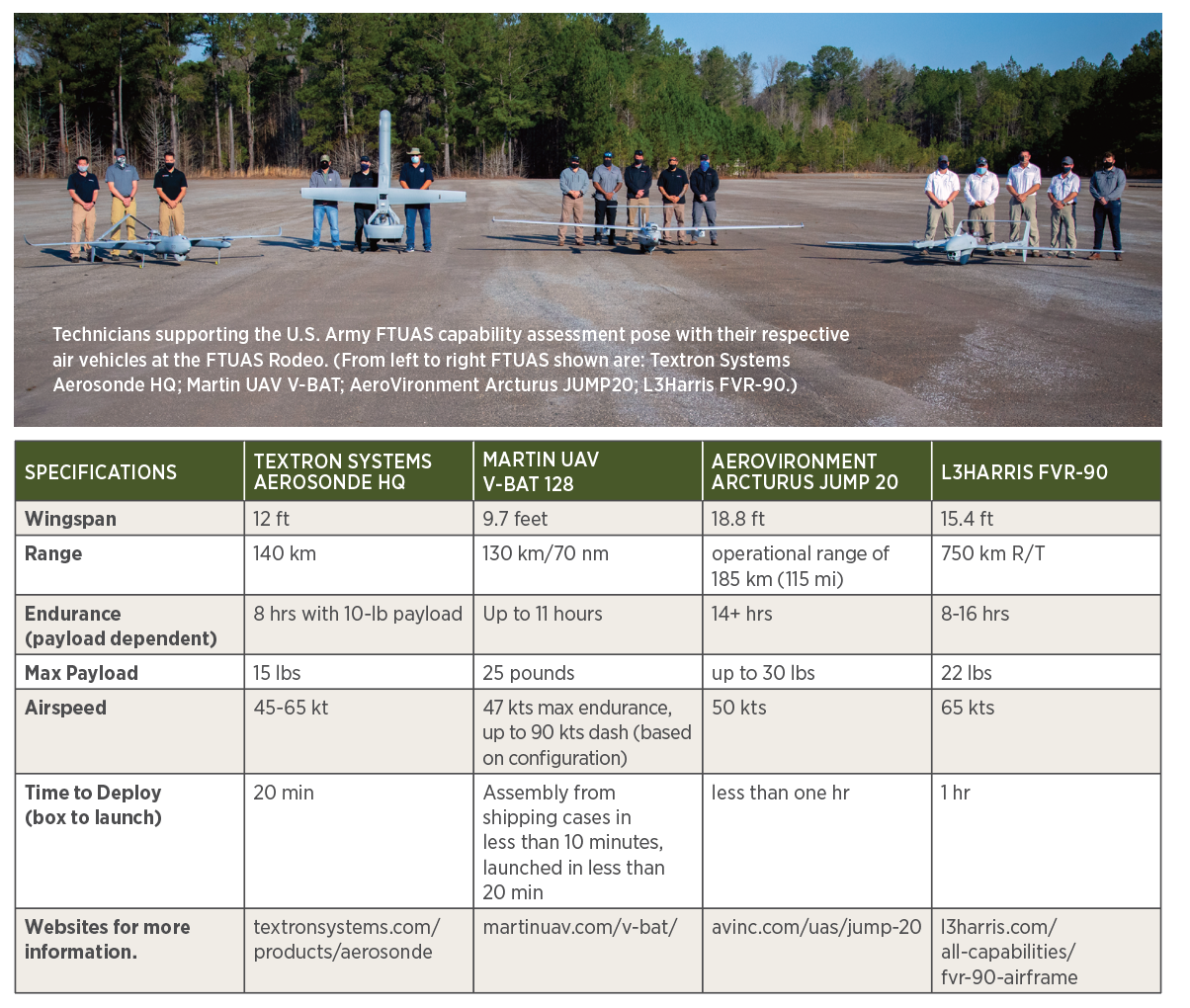
NEXT STEPS
Now that the BCT trials and rodeo are over, the Army will seek approval for FTUAS Requirements from the Army Requirements Oversight Council, Thomson said. Approval is expected to come in the third quarter of this year. Once approved requirements are established, the Army will outline an acquisition strategy.
Whichever system is chosen to replace the Shadow, it will provide the U.S. Army “with the most modernized and lethal systems to create overmatch with our adversaries,” Thomson said.
“The RQ7 Shadow tactical unmanned aircraft system has been the workhorse for the U.S. Army for more than 20 years and continues to serve our formations with tremendous results today,” he said. “However, advances in VTOL technologies in recent years offer innovative improvements for the Army’s Future Tactical Unmanned Aircraft Systems to provide our warfighters with a tactical advantage over our adversaries.”
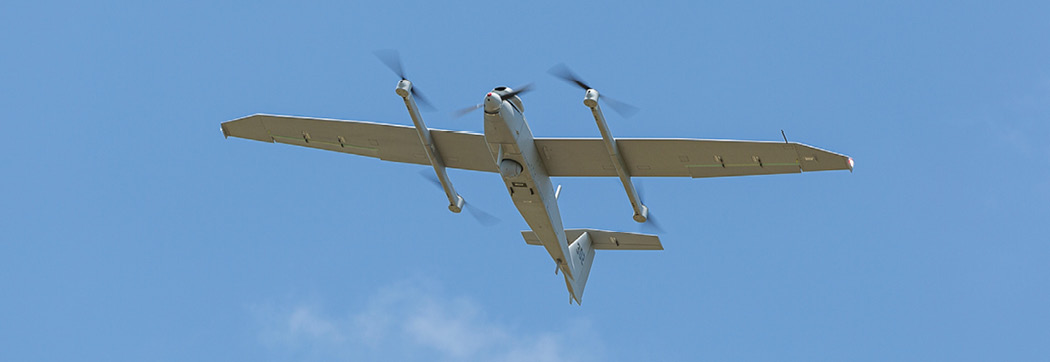
The Arcturus JUMP 20 from AeroVironment


